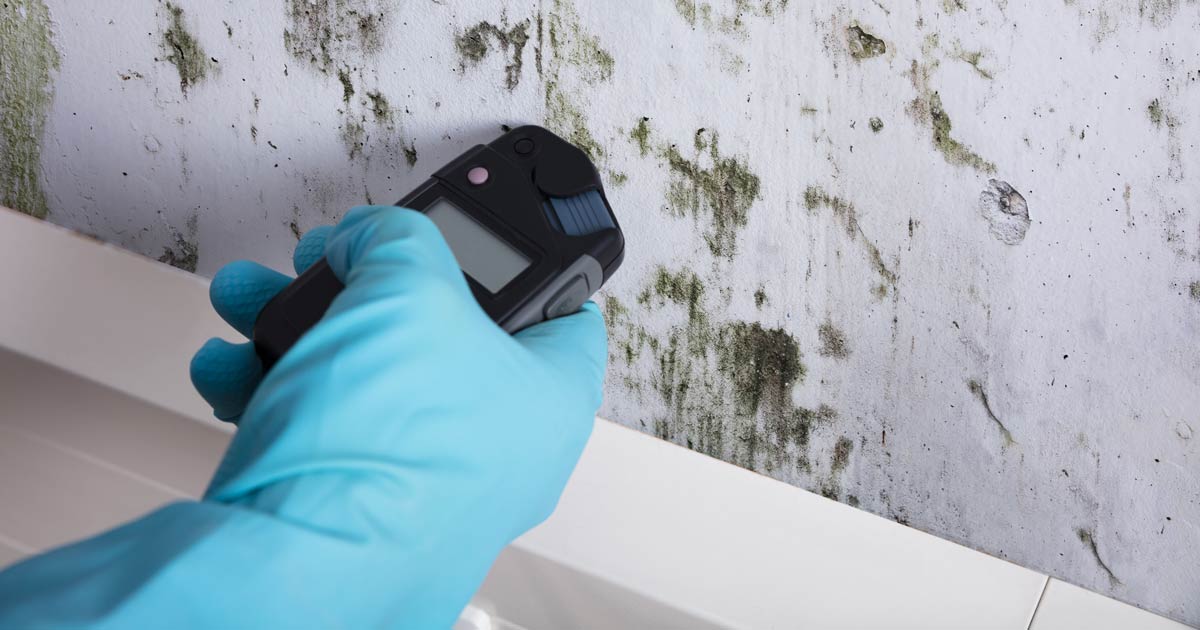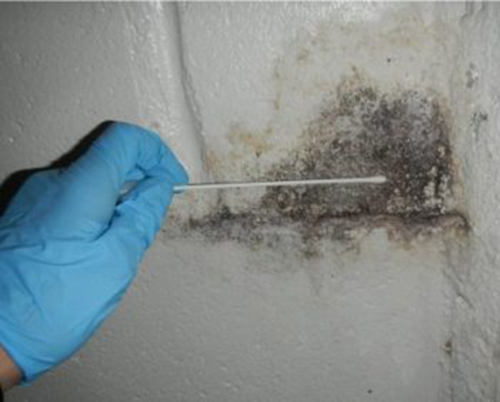Comprehensive Post Mold Remediation Procedures
Comprehensive Post Mold Remediation Procedures
Blog Article
Expert Tips for Article Mold Remediation Success
In the world of mold and mildew removal, successfully getting rid of mold is only half the fight; real challenge lies in avoiding its reappearance. Post-remediation initiatives play a critical function in ensuring a mold-free atmosphere in the long term. By sticking to expert ideas and ideal methods, individuals can secure their rooms against mold and mildew renewal and preserve a healthy indoor environment. It is in this phase of the removal process that attention to detail and positive actions absolutely make a difference.
Display Moisture Degrees On A Regular Basis
Regular monitoring of moisture levels is essential in ensuring the efficiency of blog post mold remediation efforts. After completing mold removal treatments, keeping ideal humidity levels is crucial to stop mold re-growth and guarantee a healthy and balanced indoor atmosphere. Tracking humidity degrees permits very early discovery of any type of spikes or variations that can potentially result in mold renewal. High moisture levels above 60% produce a conducive atmosphere for mold and mildew to thrive, making routine keeping an eye on a proactive step to stop any kind of future mold issues - Post Remediation verification.
In addition, developing a routine schedule for moisture checks, particularly in high-risk locations such as kitchen areas, washrooms, and cellars, is a proactive approach to mold prevention. By continually monitoring humidity levels, home proprietors can efficiently mitigate the risk of mold and mildew reoccurrence and maintain a healthy indoor environment post-remediation.
Conduct Thorough Inspections Post-Remediation
Following the conclusion of mold and mildew remediation procedures, it is important to conduct extensive evaluations to verify the effectiveness of the removal process. These post-remediation assessments are critical in ensuring that the mold and mildew problem has actually been successfully dealt with which there is no reoccurrence or staying mold growth. Assessments need to be performed by certified professionals who have competence in determining mold and analyzing interior air quality.
Throughout these assessments, different techniques such as aesthetic analyses, air sampling, and surface area sampling might be employed to extensively assess the remediated areas. Visual evaluations entail a comprehensive assessment of the properties to examine for any kind of noticeable signs of mold and mildew growth or water damage. Air sampling assists in determining the air-borne mold and mildew spore levels, while surface tasting can spot mold and mildew fragments on surfaces.
Implement Proper Ventilation Techniques
After making sure the effectiveness of the mold remediation procedure via extensive assessments, the following vital action is to focus on carrying out correct air flow methods. Sufficient air flow is important in stopping mold reoccurrence by controlling moisture levels and advertising air flow.
Proper ventilation not just help in stopping mold growth however likewise adds to the total health and comfort of passengers. By guaranteeing sufficient ventilation throughout the home, you can lower the risk of mold regrowth and produce a healthier living setting. Regular upkeep of air flow systems, consisting of cleansing and filter replacements, is critical to sustaining reliable air flow. Consulting with cooling and heating specialists can provide further insights into maximizing air flow strategies for your certain residential or commercial property requirements.

Use Mold-Resistant Materials for Fixes
To improve the long-lasting efficiency of mold and mildew remediation initiatives, including mold-resistant materials for repair services is vital in mitigating the threat of future mold growth. Mold-resistant products are designed to withstand dampness and hinder click here for more info mold and mildew development, making them a crucial selection for locations prone to moisture and humidity. When repairing locations influenced by mold and mildew, using materials such as mold-resistant drywall, mold-resistant paints, and mold-resistant caulking can aid protect against mold and mildew reappearance.
Mold-resistant drywall is an outstanding option to traditional drywall in areas like basements and bathrooms where moisture degrees are greater. When revealed to damp problems, this type of drywall has a special coating that resists mold and mildew growth also. In addition, utilizing mold-resistant paints having antimicrobial agents can even more hinder mold and mildew growth on ceilings and wall surfaces.
In areas where dampness prevails, such as washrooms and cooking areas, making use of mold-resistant caulking around sinks, windows, and tubs can help secure out water and prevent mold from taking hold in cracks and gaps. By buying these mold-resistant materials during repair services post-remediation, you can substantially lower the possibility of future mold issues and preserve a healthier indoor atmosphere.
Maintain Sanitation and Address Water Issues
After mold remediation, it is critical to keep a clean atmosphere to prevent the regrowth of mold. Leakages, water invasion, or high humidity degrees can create the perfect breeding ground for mold, so it is critical to take care of any type of water-related troubles instantly.
To maintain sanitation, think about utilizing HEPA filters in vacuums and air purifiers to trap mold spores and avoid their flow in the air. In addition, making sure appropriate ventilation in areas susceptible to moisture build-up, such as restrooms and cooking areas, can aid maintain moisture degrees in check. By remaining attentive regarding sanitation and attending to water problems immediately, you can properly stop mold and mildew reinfestation and preserve a healthy indoor atmosphere.
Conclusion

In the realm of mold remediation, successfully getting rid of mold and mildew is just half the battle; the true difficulty lies in preventing its reappearance. After completing mold remediation treatments, keeping optimum humidity levels is essential to stop mold re-growth and make sure a healthy and balanced interior atmosphere. High humidity degrees over 60% produce a conducive setting for mold to grow, making routine keeping track of a positive action to protect against any future mold and mildew issues.
To boost the long-term efficiency of mold and mildew removal efforts, including mold-resistant products for repair services is investigate this site important in reducing the danger of future mold development. After mold and mildew removal, it is essential to keep a tidy environment to protect against the regrowth of mold and mildew.
Report this page